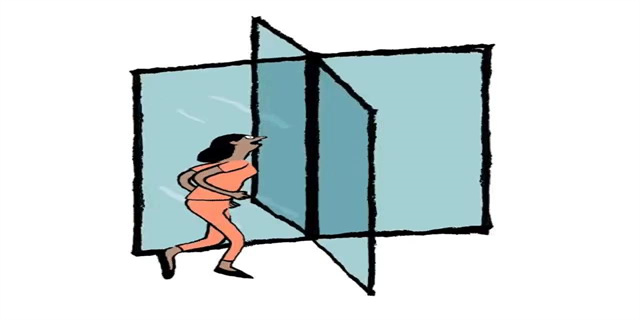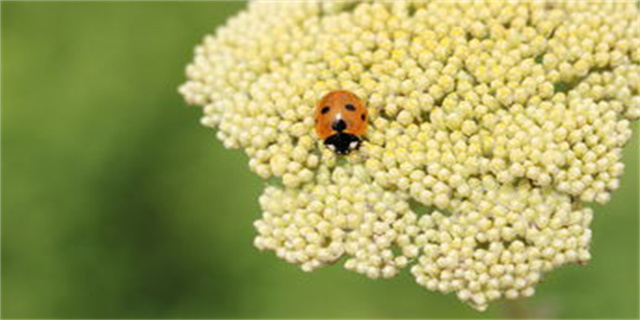Acupuncture: A Traditional Healing Art
Traditional Chinese Medicine (TCM) has a long history of utilizing a wide range of therapeutic techniques to promote health and well-being. Among these techniques, acupuncture is perhaps the most well-known and widely practiced. With its unique approach and proven effectiveness, acupuncture has gained popularity not only in China but also across the globe. This article explores the history, principles, and benefits of acupuncture.
Ancient Roots and Principles
Acupuncture, dating back over 2,500 years, is a fundamental component of TCM. It is based on the concept of Qi, the life force energy that flows through the body along channels or meridians. According to TCM theory, when the flow of Qi is disrupted or imbalanced, it can lead to various physical or emotional ailments. Acupuncture aims to restore the balance of Qi by inserting thin needles into specific points along the meridians.

Each acupuncture point corresponds to a specific organ or function of the body. Traditional Chinese practitioners believe that by stimulating these points, they can regulate the flow of Qi and bring about healing. The selection of acupuncture points and the depth of needle insertion are determined based on the individual's unique constitution and condition.
The Therapeutic Process
Before starting an acupuncture session, a qualified practitioner will conduct a thorough assessment to understand the patient's medical history, current symptoms, and overall health. This helps in creating a personalized treatment plan that addresses the individual's specific needs.

The acupuncture treatment session involves the gentle insertion of fine, sterile needles into specific points on the body. The needles are typically left in place for an average of 15-30 minutes. The sensation experienced during acupuncture can vary from person to person. Some people report feeling a slight tingling, while others may feel a dull ache or a sense of heaviness. Many find the experience deeply relaxing and may even fall asleep during the treatment.
Acupuncture is commonly used to address various conditions, including chronic pain, stress, anxiety, digestive disorders, and insomnia. It can also be beneficial for women's health concerns such as menstrual irregularities and fertility issues. Many people also opt for acupuncture as a preventive measure to maintain general well-being.
Scientific Evidence and Safety
Over the years, numerous studies have been conducted to explore the benefits and effectiveness of acupuncture. While the mechanisms through which acupuncture works are still being researched, several theories suggest that it may stimulate the release of endorphins, activate the body's natural healing mechanisms, and regulate the autonomic nervous system.
Research has shown that acupuncture can be a valuable complement to conventional medical treatments. It has been found particularly effective in managing pain, reducing nausea and vomiting caused by chemotherapy, and improving the symptoms of chronic conditions such as osteoarthritis.
Acupuncture is considered a safe and well-tolerated therapy when performed by a trained and licensed practitioner. The needles used are single-use, disposable, and strictly sterilized to ensure hygiene and prevent any risk of infection. Side effects, if any, are generally mild and may include temporary soreness, bruising, or dizziness.
In conclusion, acupuncture is a time-honored therapy that has stood the test of time. Its ancient roots, combined with ongoing scientific research, support its effectiveness in promoting health and well-being. Whether used as a standalone treatment or as part of an integrative approach, acupuncture offers a natural and holistic approach to healing.





